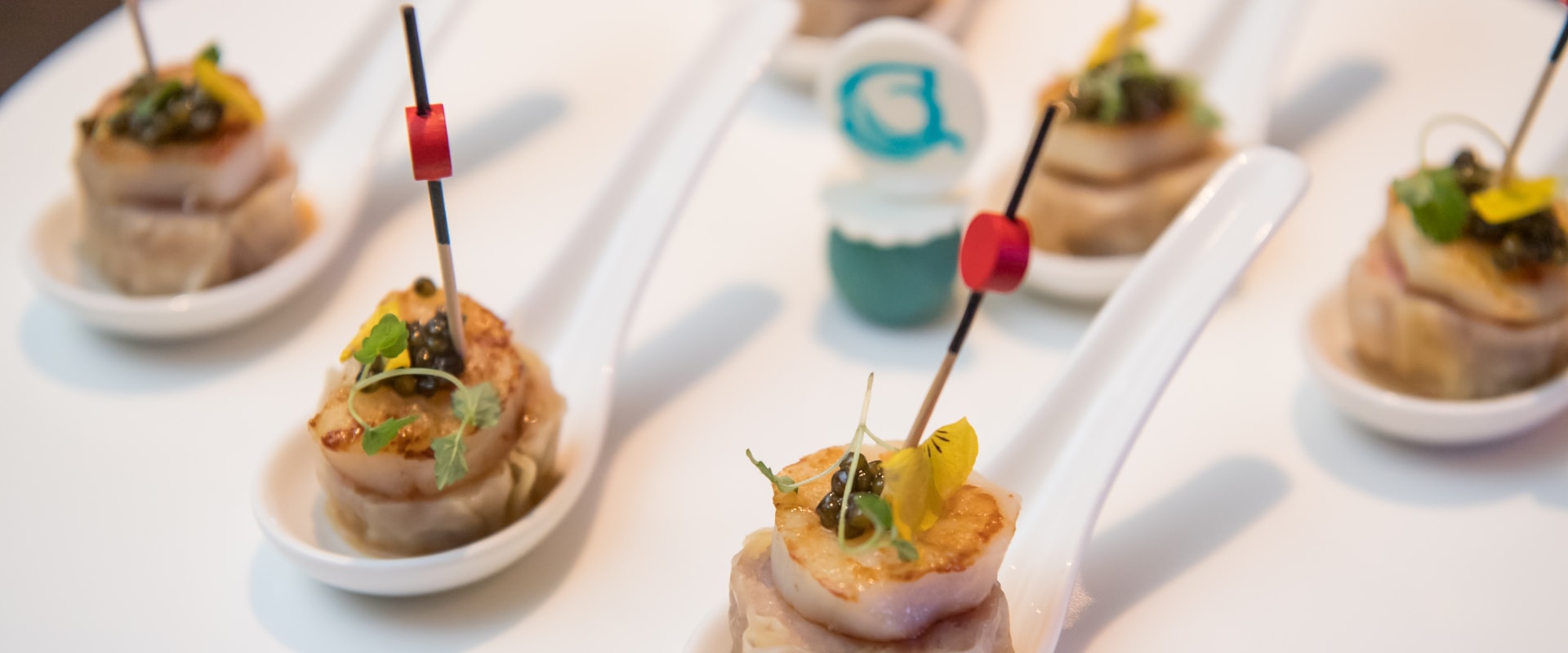Great cuisine, also called haute cuisine, is the classic cuisine of France as it evolved from its inception in the 16th century to its peak in the luxurious banquets of the 19th century. Classic cuisine values richness, softness, balance and elegant presentation. In 1651, chef La Varenne wrote Le cuisinier François, considered the basis of modern French cuisine. This influential book was one of the first to establish codified and systematized rules and principles for food preparation.
Royal chefs adopted this new haute cuisine, aided by the royal privilege that exempted them from the union system that controlled professional French cuisine. Varenne's popularity led to French cuisine focusing on flavor, premium ingredients obtained out of season and from other countries, and more extravagant methods of cooking and preparing. In the 1960s, a generation of chefs rebelled against many of the facets of haute cuisine, forming a movement that came to be known as nouvelle cuisine. Nowadays, serious professional chefs from all over the world who have been trained in the classic French technique choose to combine these influences with the traditional cuisine of their countries of origin.
This “assembly line” approach to building plates filled with glorious food may have been inspired by Henry Ford; its introduction to professional kitchens significantly reduced waiting times and allowed commercial establishments to turn the tables and, therefore, make more profits, without affecting the quality of this haute cuisine. And most haute cuisine service establishments focus largely on the presentation of the dish, another feature of haute cuisine. Nowadays, some of the most interesting trends in haute cuisine are the result of dedicated chefs who combine flavors from all over the world with classic French techniques, resulting in new combinations of flavors that maintain the spirit of nouvelle cuisine and, at the same time, respect the oldest traditions. In fact, there has never been a better time to learn the basics of haute cuisine, as many restaurants and other hotel establishments seek to remain competitive and attract businesses with high-quality food service.
When Georges Auguste Escoffier came to the kitchens of César Ritz's hotel empire in the late 1890s, French cuisine was already firmly entrenched as the food of aristocrats and upper classes in Europe and the United States. Coming from all over the world, these “new international chefs” bring life to kitchens in places such as Greece, Argentina and South Africa with the intensity and dedication of classic French chefs. During the 20th century, and in particular in the years after World War II, French haute cuisine (haute cuisine, that is, foods with the highest standards) was considered the ultimate in exquisite culinary experiences. In recent decades, modern haute cuisine has become a hybrid of these two variants, maintaining its emphasis on tasty flavors and expert technique, while prioritizing fresh seasonal ingredients.
When you imagine dining at high-end restaurants today, you're most likely thinking about some of the key elements of haute cuisine. It's almost impossible to be part of the culinary world, especially its French-inspired niches, without hearing the term “haute cuisine”. Finally, there's the presentation factor; haute cuisine is nothing more than elegant and artistic, with meticulous arrangements and small to moderate portions.




Leave Reply